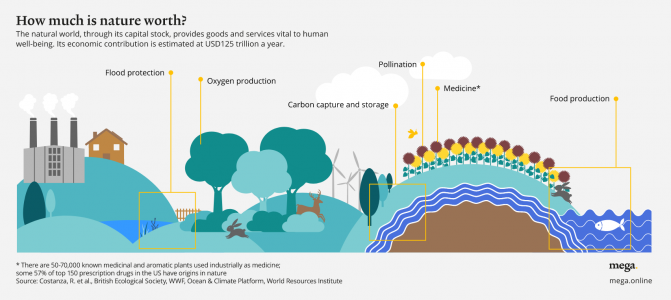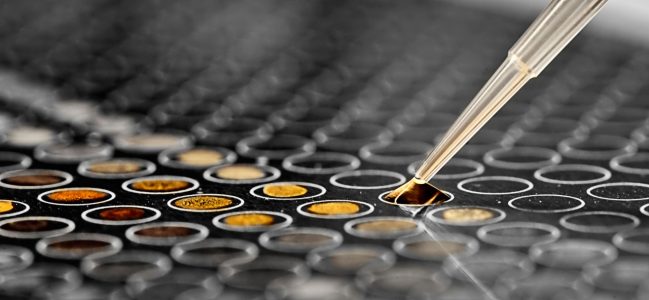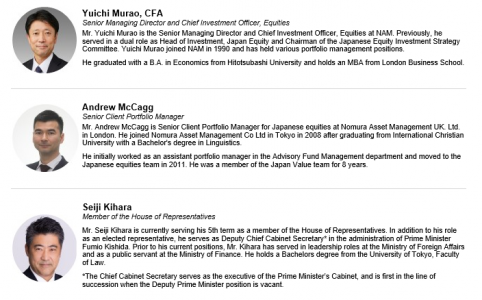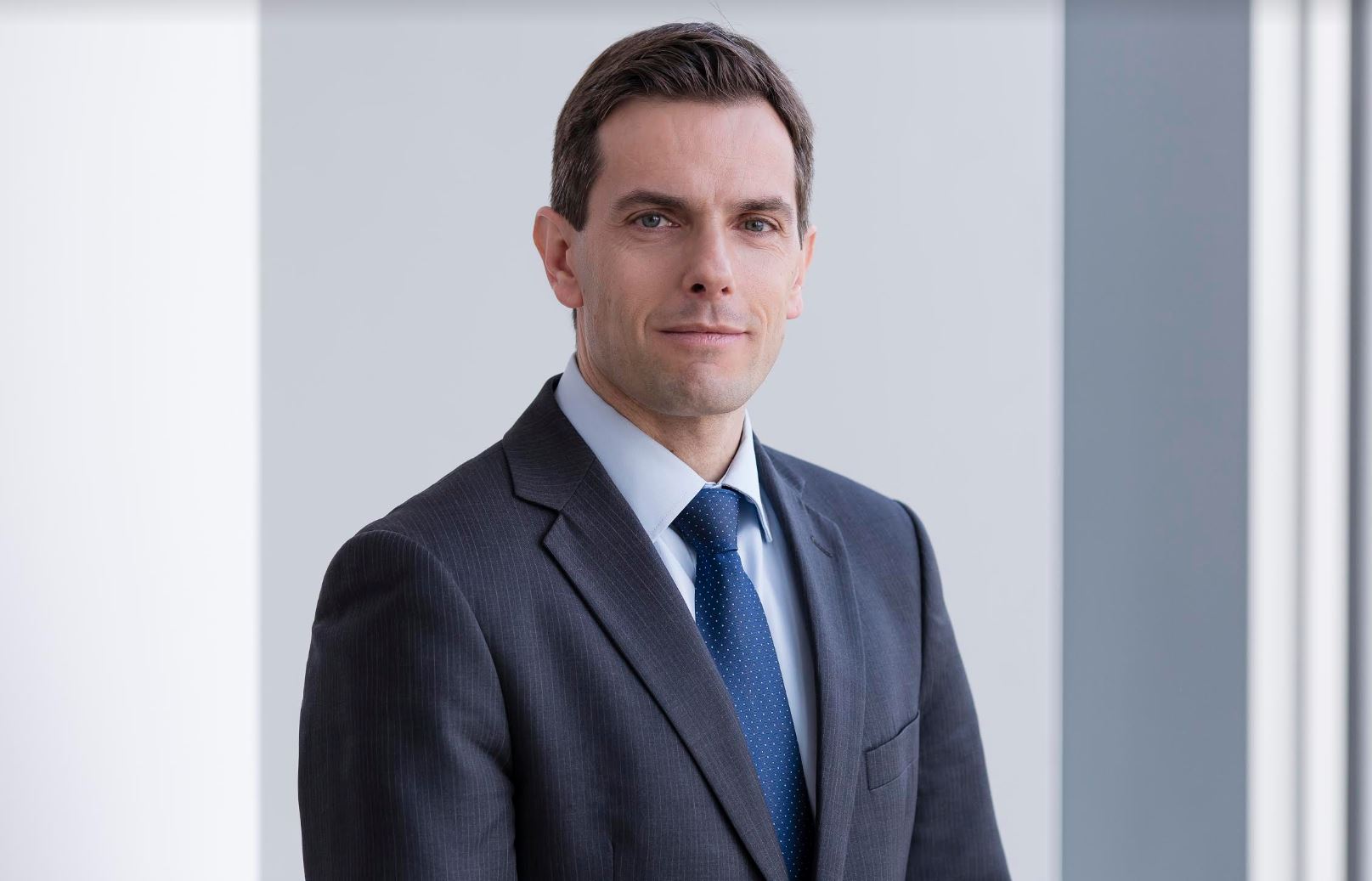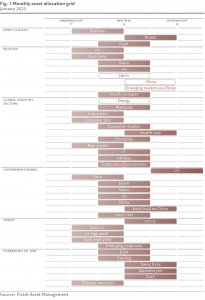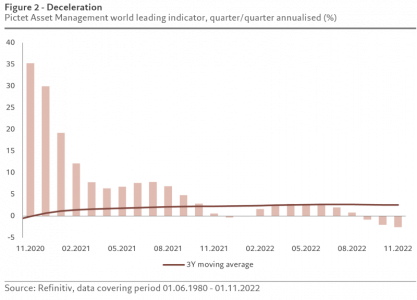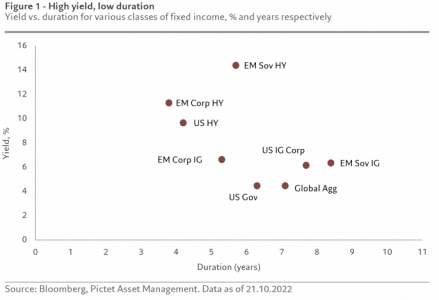Nomura: Cautious Optimism in 2023
| By Cecilia Caminos | 0 Comentarios

Brighter Outlook for High Yield
High yield slumped alongside other asset classes in 2022, with the ICE BofA US High Yield Constrained Index declining -11.21%. Yields increased a hefty 4.7% on the year, rising to 9.0%. Only 37% of the increase in yield was
driven by spread widening, as the market’s option-adjusted spread (OAS) increased a relatively modest 172 bps to a spread of 483 bps.
“Looking forward, we view valuations as very attractive on a yield basis – both US and European high yield are in the cheapest yield decile over the last 10 years. Despite the slowing economy, we are constructive on high yield, forecasting 10-12% returns for the full year 2023. Our spirited outlook is based on the asset class’ relatively healthy fundamentals, highly supportive market technicals, and the attractive yields on offer that help to compensate for the risks of investing in high yield”, reports Nomura Corporate Research and Asset Management INC (NCRAM) in the “High Yield Outlook”.
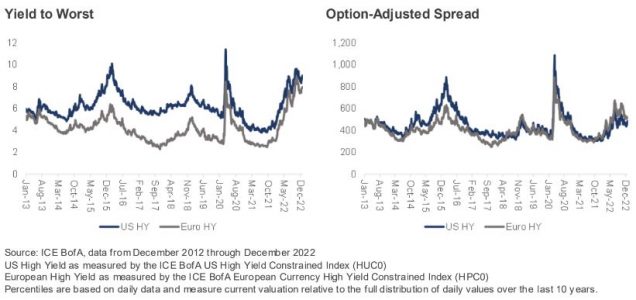
Mixed Macroeconomic Backdrop
2022 was a year to remember for both risk assets and rates investors, as neither equities nor fixed income provided any respite from the relentless bear market. The S&P 500 declined -18.1%, and the 10-year US Treasury lost -16.3%. Other developed and emerging markets witnessed similarly distressed outcomes for their domestic 60/40 portfolios. Commodities lost their effectiveness as a hedge after an early -2022 rally. WTI crude gained 4.2% on the year, falling -35.1% from its zenith in March.
The year began with the US Fed tacitly acknowledging that surging inflation would not be “transitory.” The Fed and many other global central banks spent 2022 aggressively withdrawing the liquidity they had pumped into their economies during the pandemic. One notable anecdote is the decline in US M2 money supply growth from a shock-and-awe level of 26.8% y/y during the pandemic to 0% annual growth in November 2022, the slowest pace since at least 1959. Market sentiment subsequently shifted from fretting about inflation to worrying about a pending recession. Russia’s invasion of Ukraine added to investors’ consternation in 2022, particularly in Europe, driving up commodity prices and further snarling supply chains.
As the year progressed the global economy softened, sapping demand for commodities and providing firms with breathing room to catch up on backorders and otherwise normalize supply chains, enabling inflation to retreat from peak readings.
As the calendar turns to 2023, says NCRAM, investors remain concerned that the Fed may channel the King of Pop, Michael Jackson, and his “Don’t Stop ‘til You Get Enough” refrain, driving the US economy into recession as a side effect of its efforts to contain inflation.
NCRAM is somewhat more sanguine about the economic outlook. “While we forecast a shallow recession in 2023, we also expect the Fed to pause rate hikes in 1Q23, and the economy to begin its recovery in the second half of the year in anticipation of easier monetary conditions”. According to the outlook, the Fed could begin easing before year-end if inflation and growth continue to react to the 425 bps of tightening plus early stage QT that the Fed implemented in 2022. Markets are unlikely wait for the economic recovery to take hold before rallying, creating a more favorable environment for investing in 2023.
Supportive High Yield Fundamentals
Despite the slowing economy, high yield fundamentals remain relatively sound. US high yield issuers ’ 3Q EBITDA declined -6% sequentially, but rose 17% y/y. High yield companies continue to generate cash flow and are using those resources to prepare for a weaker economy. Leverage in the US high yield market has declined from 5.2x during the pandemic to 3.1x to start 2023.
“The default rate over the last 12 months has held steady at less than 1%. We expect a small increase in defaults as the economy slips into a shallow recession, but given the low leverage carried by high yield issuers and the absence of a market sector under significant stress (e.g. energy in 2015-16 or housing during the financial crisis), we expect the default rate to remain below the 3.2% long-term average. Another reason we are confident that defaults will remain under control is the improvement in credit quality in the US high yield market in recent years. Historically, the high yield market has seen as low as 35% BB-rated bonds, and coming out of the financial crisis, nearly 25% of the market was rated CCC and below.”
Today the market is more than 50% BB, and only about 10% CCC. High quality issuers are generally better positioned to withstand a recession.
Muscular Market Technicals
High yield technicals are very robust, according to NCRAM’s outlook. The US high yield market shrank by nearly $200 billion of market cap in 2022. Calls, tenders, and maturities totaled close to $200 billion for the year. More than $100 billion of high yield bonds were upgraded to investment grade, countered by less than $10 billion of investment grade that was downgraded to high yield. This means that close to $300 billion left the high yield market in 2022 vs. just over $100 billion of new high yield issuance. The nearly $200 billion decline in high yield
bonds outstanding (excluding secondary market buybacks by high yield issuers) is more than 10% of total US high yield market cap (market size is just shy of $1.5 trillion).
“We expect the rising star trend to continue in 2023, as large issuers such as Occidental Petroleum and
Ford could potentially ascend to investment grade. High yield issuers were able to avoid tapping the market in adverse conditions in 2022, because much of the debt stock that would have come due last year was refinanced in the heavy issuance years of 2020-21. There are few high yield bonds maturing before 2025, and approximately 80% of high yield issuers have no bond maturities in the next 2 years, another reason we are confident that defaults will avoid a spike in 2023.”
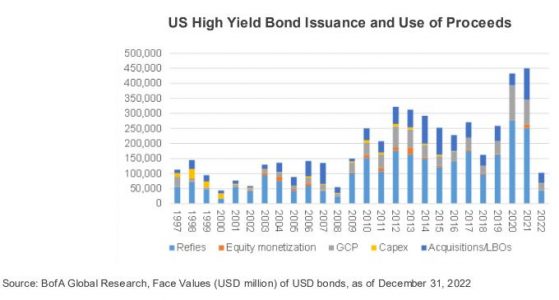
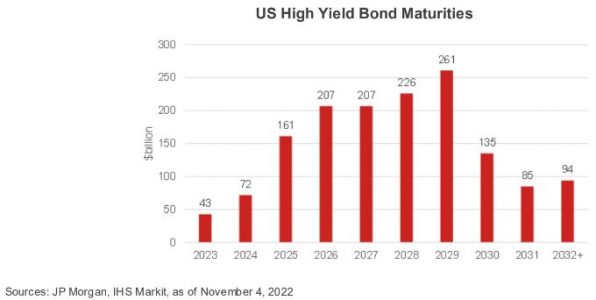
Attractive Entry Point
The yield to worst for both US and European high yield is quite generous relative to recent history, even if US high yield is not overly cheap on a spread basis. “We believe the yields on offer, along with the previously described fundamental and technical backdrop, support our forecast of 10-12% high yield returns in 2023”, says NCRAM.
JP Morgan Research calculates that over the last 37 years, when investors have put money to work in US high yield with yields of 8-9%, the median 12-month forward return was 11.4%. Given the improved credit quality profile of the market, one would expect investors to demand a lower risk premium to hold high yield.
Thus, NCRAM estimates that US spreads look more attractive relative to history on a quality-adjusted basis. Also note that average high yield bond prices in both the US and Europe are trading close to their deepest discounts in
the last decade, improving the risk-reward ratio for an asset that (if all goes well) matures at par.
NCRAM’s total return forecast assumes the US will lapse into a mild recession, but the high yield market will be able to ride out the slowdown. “Even if our growth forecast is too optimistic and the recession is more painful than expected, rapidly declining US Treasury yields would counter-balance high yield spread widening. With carry around 9%, we believe high yield will generate positive returns even if the depth of the recession surprises to the negative side”, concludes the NCRAM’s outlook.



